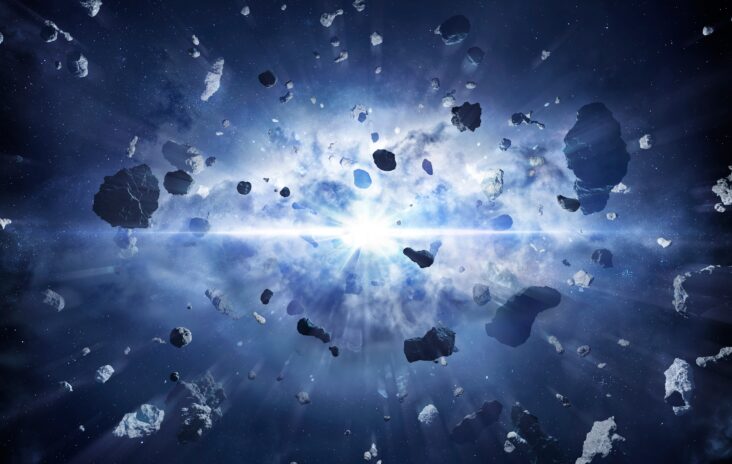What Was the Christmas Star?
Question of the week: What was the Christmas star?
My answer: The relevant Bible text is Matthew 2:1–12. The Greek word used in the text for star is aster. Aster can
be translated as star, planet, comet, asteroid, or meteor. The text specifically refers to a single star, a single star that appeared to the Magi, disappeared from view, and then reappeared roughly a year and a half later. The roughly year
and a half is discerned from the fact that Herod, in an attempt to kill Jesus, had all the boys two years of age and under in Bethlehem and its vicinity killed.
The text also indicates that Herod had to question the Magi carefully to find out the nature of the star. That Herod was unfamiliar with the star and the fact that there is no record of the star in the annals of the Egyptians, Greeks, Romans,
or Parthians indicates that the star was not a bright object. Thus, a bright comet, supernova, planet(s), and nearly all Christmas card depictions apparently are ruled out. Likewise, the reference to a single star rules out conjunctions of
a planet with another planet, star, or the Moon.
A dim comet or asteroid is highly unlikely since it is extremely improbable for such an object to reappear about a year and half later in the exact same location. The only remaining candidates are either a recurring nova or a cataclysmic variable
star. When I first suggested a recurring nova as a possible explanation for the Christmas star some forty years ago, several of my astronomer friends were skeptical since astronomers had never observed a recurrence that was under 10 years.
However, within the past three years astronomers have discovered two recurring novae with recurrence times under 1.5 years. You can read much more about the Christmas star and recurring novae in these two articles that I have written (The Christmas Star,
and Astronomy Sheds New Light on the Christmas Star).






